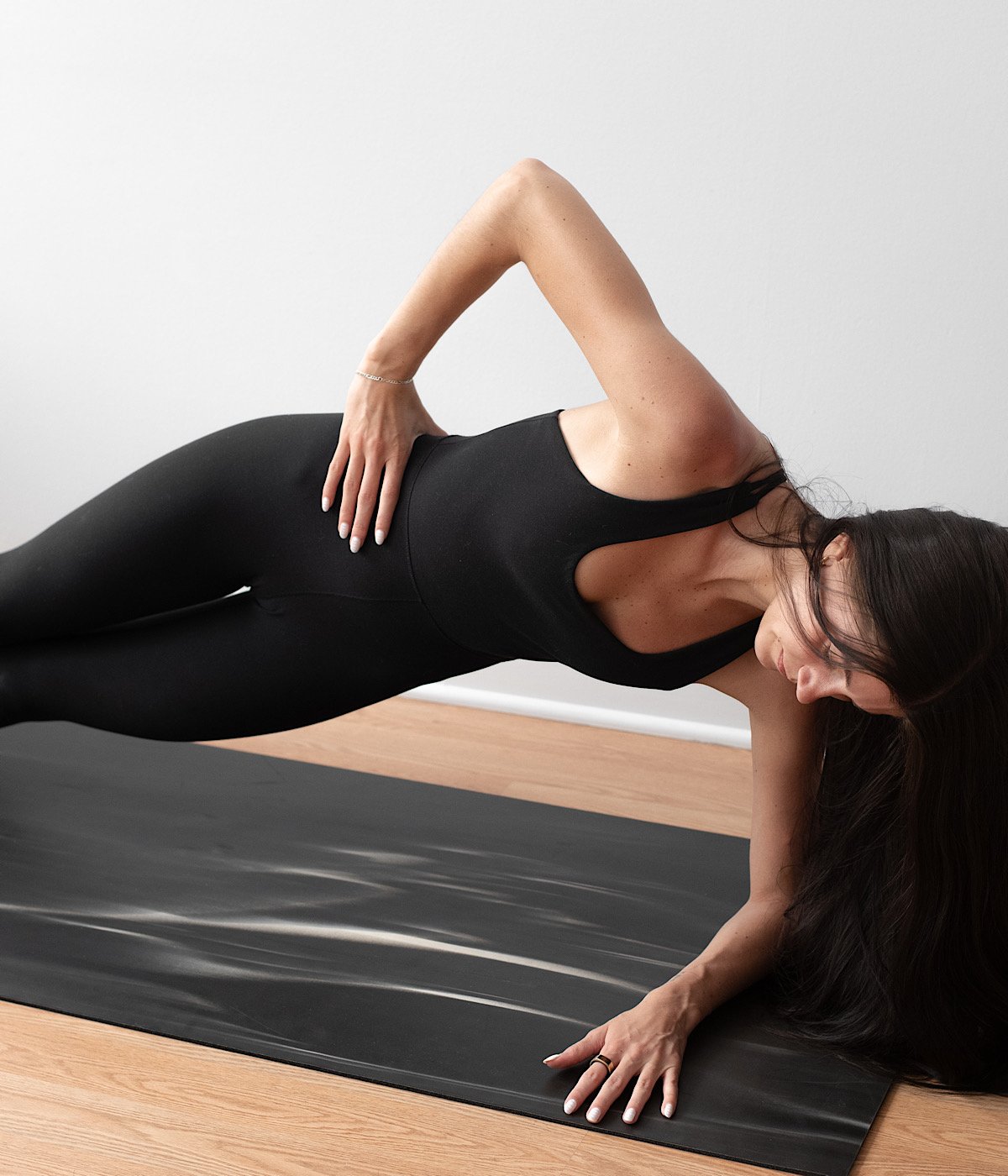The Power of Functional and Intentional Exercise
In the realm of fitness, there's a growing recognition of the importance of not just moving, but moving with purpose. Functional and intentional exercise are two concepts that have transformed the way we think about physical activity, making workouts more effective and meaningful. Let’s dive into what these terms mean and how they can benefit your overall health and well-being.
Functional Exercise?
Functional exercise is all about training your body to handle real-life movements and activities. Unlike traditional workouts that might focus on isolating specific muscles, functional exercises involve multiple muscle groups and mimic everyday activities. The goal is to enhance your ability to perform daily tasks with ease and reduce the risk of injury.
For example, think about movements like bending to pick up a heavy bag of groceries, lifting your child, or climbing stairs. Functional exercises might include squats, lunges, push-ups, and deadlifts – all movements that improve your strength, balance, and coordination for everyday life.
The Benefits
Improved Daily Functionality: Functional exercises train your muscles to work together and prepare them for daily tasks. This means you’ll move more efficiently and with less effort in your everyday activities.
Injury Prevention: By focusing on movements that support daily life, functional exercises strengthen the muscles and joints that are most prone to injury. This helps you stay active and injury-free.
Enhanced Strength and Stability: Functional workouts engage your core and other stabilizing muscles, improving your overall strength and balance. This is particularly beneficial as we age, helping to maintain independence and prevent falls.
Versatility and Variety: Functional exercises can be done anywhere with minimal equipment, making it easy to incorporate them into your routine. Plus, the variety of movements keeps workouts interesting and challenging.
Intentional Exercise?
Intentional exercise takes the concept of mindful movement to the next level. It’s about exercising with a clear purpose and awareness, focusing on the quality of each movement rather than just going through the motions. This approach can transform your workout from a chore into a mindful, enriching experience.
The Benefits
Mind-Body Connection: Intentional exercise fosters a strong connection between your mind and body. By paying attention to your movements, breathing, and form, you become more in tune with your body’s needs and capabilities.
Increased Motivation: When you exercise with intention, you’re more likely to stay motivated. Knowing why you’re doing each exercise and how it benefits you can make your workouts feel more purposeful and rewarding.
Better Results: Focusing on form and quality over quantity can lead to better results. Intentional exercise ensures that you’re using the correct muscles and avoiding compensatory movements that can lead to injury.
Stress Reduction: Being mindful during exercise can reduce stress and promote relaxation. It’s a great way to practice mindfulness and enjoy the mental health benefits of physical activity.
How to Incorporate Functional and Intentional Exercise
Set Clear Goals: Define what you want to achieve with your workouts. Whether it’s improving your strength for daily tasks, enhancing your athletic performance, or simply staying active, having clear goals will guide your exercise choices.
Focus on Compound Movements: Incorporate exercises that engage multiple muscle groups and mimic real-life movements. Squats, lunges, push-ups, and kettlebell swings are great examples.
Be Mindful: Pay attention to your form, breathing, and the muscles you’re working. Avoid rushing through your workouts and focus on the quality of each movement.
Listen to Your Body: Recognize and respect your body’s signals. If something doesn’t feel right, modify the exercise or take a break. Intentional exercise is about working with your body, not against it.
Mix It Up: Keep your workouts varied to challenge different muscle groups and prevent boredom. Incorporate a mix of strength training, cardio, flexibility, and balance exercises.
Functional and intentional exercise are powerful approaches to fitness that prioritize quality, purpose, and real-life applicability. By incorporating these principles into your workouts, you can improve your overall functionality, prevent injuries, and achieve a deeper connection with your body. Remember, it’s not just about moving more, but moving better and with intention. Embrace these concepts and transform your fitness journey into a holistic, mindful, and effective practice.

